Portrait from Life (1949) Online
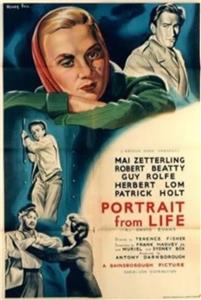
A British army officer becomes fascinated by the portrait of a young woman. He travels to Germany to find her only to discover that she is suffering from amnesia.
| Cast overview, first billed only: | |||
| Mai Zetterling | - | Lidia aka Hildegarde | |
| Robert Beatty | - | Campbell Reid | |
| Guy Rolfe | - | Major Lawrence | |
| Herbert Lom | - | Fritz Kottler Hendlemann | |
| Patrick Holt | - | Ferguson | |
| Arnold Marlé | - | Professor Franz Menzel | |
| Sybille Binder | - | Eitel Hendlmann | |
| Thora Hird | - | Mrs. Skinner | |
| Gerard Heinz | - | Heine | |
| Yvonne Owen | - | Helen | |
| Ernest Thesiger | - | Bloomfield (scenes deleted) | |
| John Blythe | - | Johnnie | |
| Philo Hauser | - | Hans Ackermann | |
| George Thorpe | - | Brigadier | |
| Cyril Chamberlain | - | Supervisor |
The film debut of Anthony Steel.
The first film of Donald Sinden.
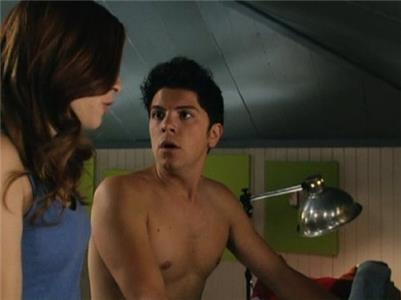
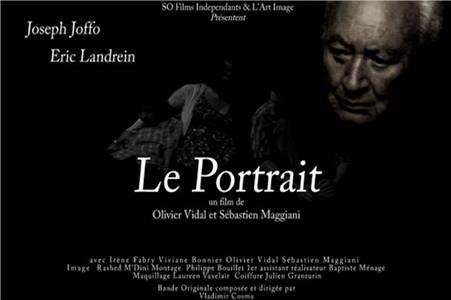

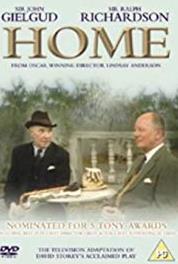
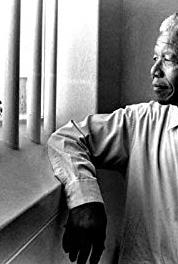
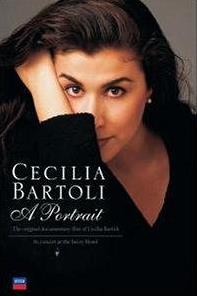

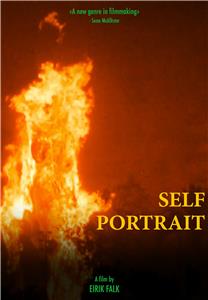
User reviews